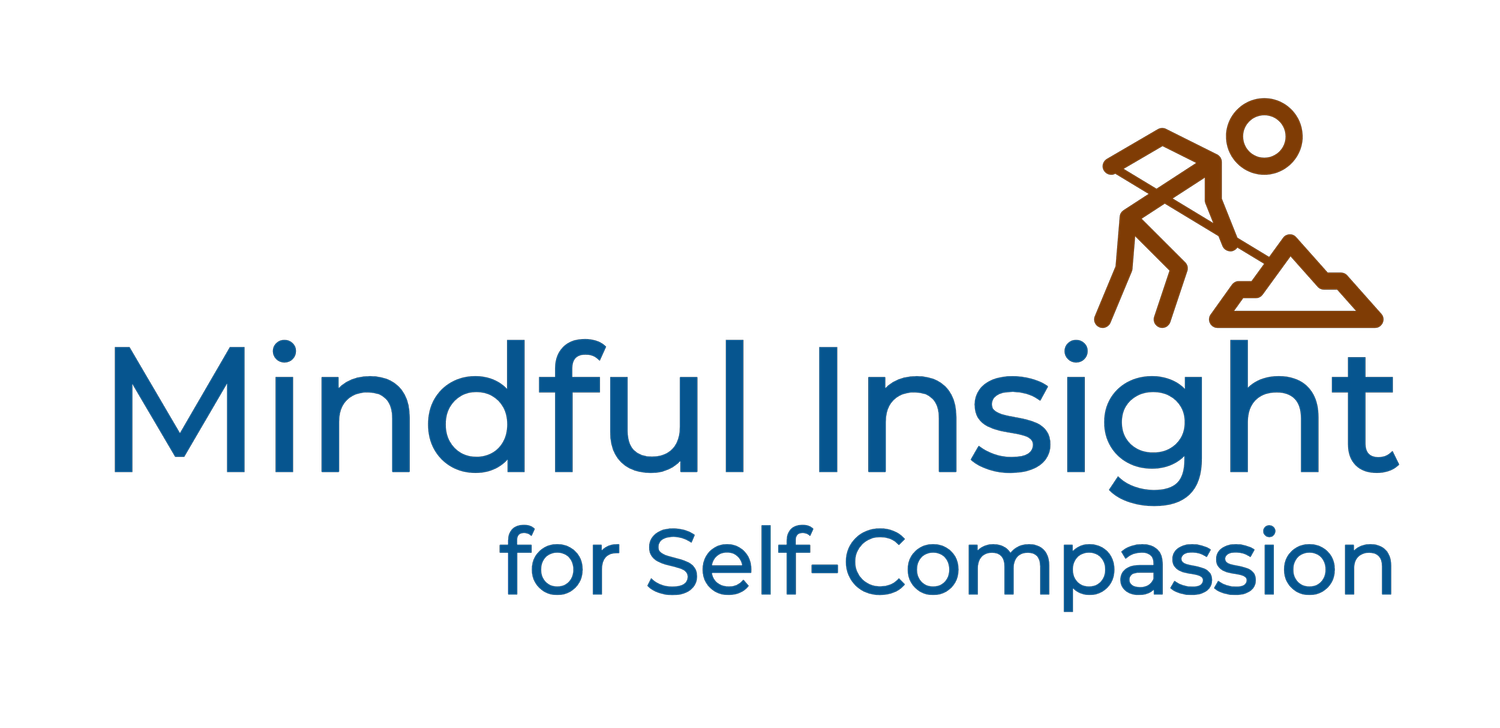What is Neuroplasticity?
As the name, neuro-plasticity, suggests, the neuronal networks of our brains have malleable characteristics and are capable of adapting and evolving in response to the demands of life or how we use the brain. In other words, this virtually infinite plasticity is use dependent—the more we use or stimulate a particular set of neural circuits, the stronger and more efficient it becomes just like a group of muscles in fitness training. In fact, when we are learning new skills or exploring creative ways to solve problems, it is not an exaggeration to say that we are actually paving new neuronal pathways by promoting the growth of particular neurons and establishing synaptic connections by means of neurogenesis and synaptogenesis. The basic principles of use-dependent neuroplasticity can be summarized by two oft-cited aphorisms in neuroscience: “What you practice grows stronger” and “Fire together wire together.” (The latter is attributed to Donald Hebb who published the seminal Hebbian Learning Theory in 1949.)
However, when we are discussing psychotherapy or behavioral health, it is very important to add a few extra words, “for better or worse,” to these aphorisms as a caveat because whether we are making wise, healthy choices consistently (to be kind to ourselves) or engaging in unkind, self-defeating thoughts or behaviors, our brains would adapt and strengthen those particular neural circuits. In this sense, everything we do or think in life, especially when repeated, is a sort of practice for the brain and has the potential of making us experts for that particular activity or mental process for better or worse. For example, if we eat a bag of potato chips in front of the TV every weekend, perhaps we are inadvertently aspiring to become a connoisseur of potato chips and TV shows. If we are checking social media accounts frequently, we might learn a lot about other people’s ostensible lifestyles and professed personal views, but we might also be conditioning ourselves to determine our self-worth based on how others respond to the pictures and comments we post. If we were to respond with frustration and catastrophizing thoughts every time we encounter a setback, we may be practicing anger and fear and becoming proficient in triggering an amygdala hijack. If we habitually avoid challenges in life that are meaningful but uncomfortable, perhaps we are becoming good at rationalizing the consequences of self-limiting Golem effect (self-fulfilling prophecy).
Based on the basic principles of neuroscience, we can tilt and nudge our being toward the goal of achieving sustained wellness, and those of us who have wholeheartedly tried this approach found it very rewarding and empowering. Using sharpened attention and enhanced awareness, mindfulness practitioners can practice self-compassion by making healthier mental and behavioral choices repeatedly again and again until the corresponding neuronal pathways are newly paved and outdated pathways wither and shrivel from disuse. The precise intentionality of mindfulness can stimulate the brain in specific ways to gradually sculpt and condition the neuronal networks like a skilled plastic surgeon wielding a scalpel; however, the progress may be nearly imperceptible in the beginning; so it is better to assume that there is no instant gratification. Progress in this area cannot be achieved forcibly or hastily. Instead, it requires sustained commitment and suspension of an ordinary transactional mindset, which is inherently at odds with the work of mindfulness. The most effective way to cultivate therapeutic insight and reap the benefit of mindfulness practice is to practice daily meditation with genuine care without expecting anything in return.
All Rights Reserved ©2022 W. Okada


